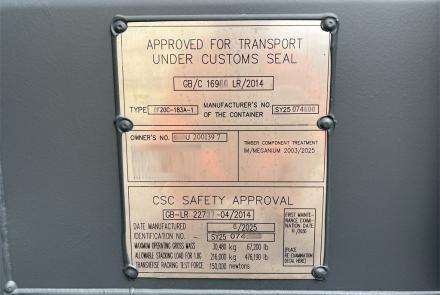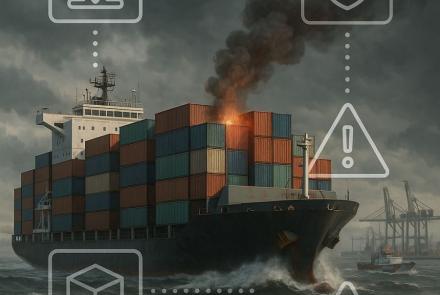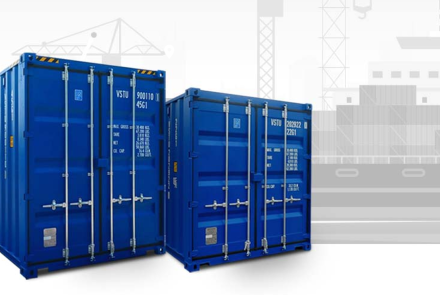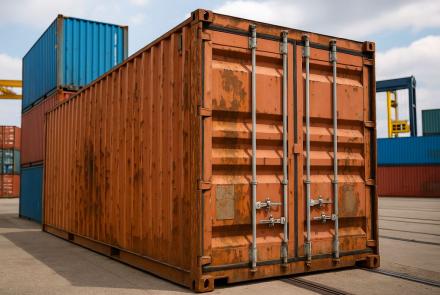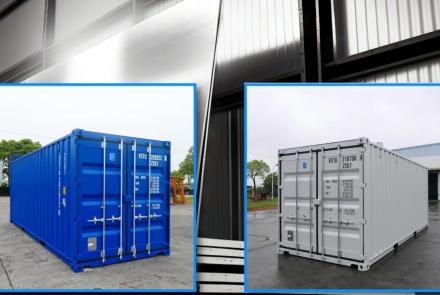CONTAINER DIMENSIONS AND SIZES
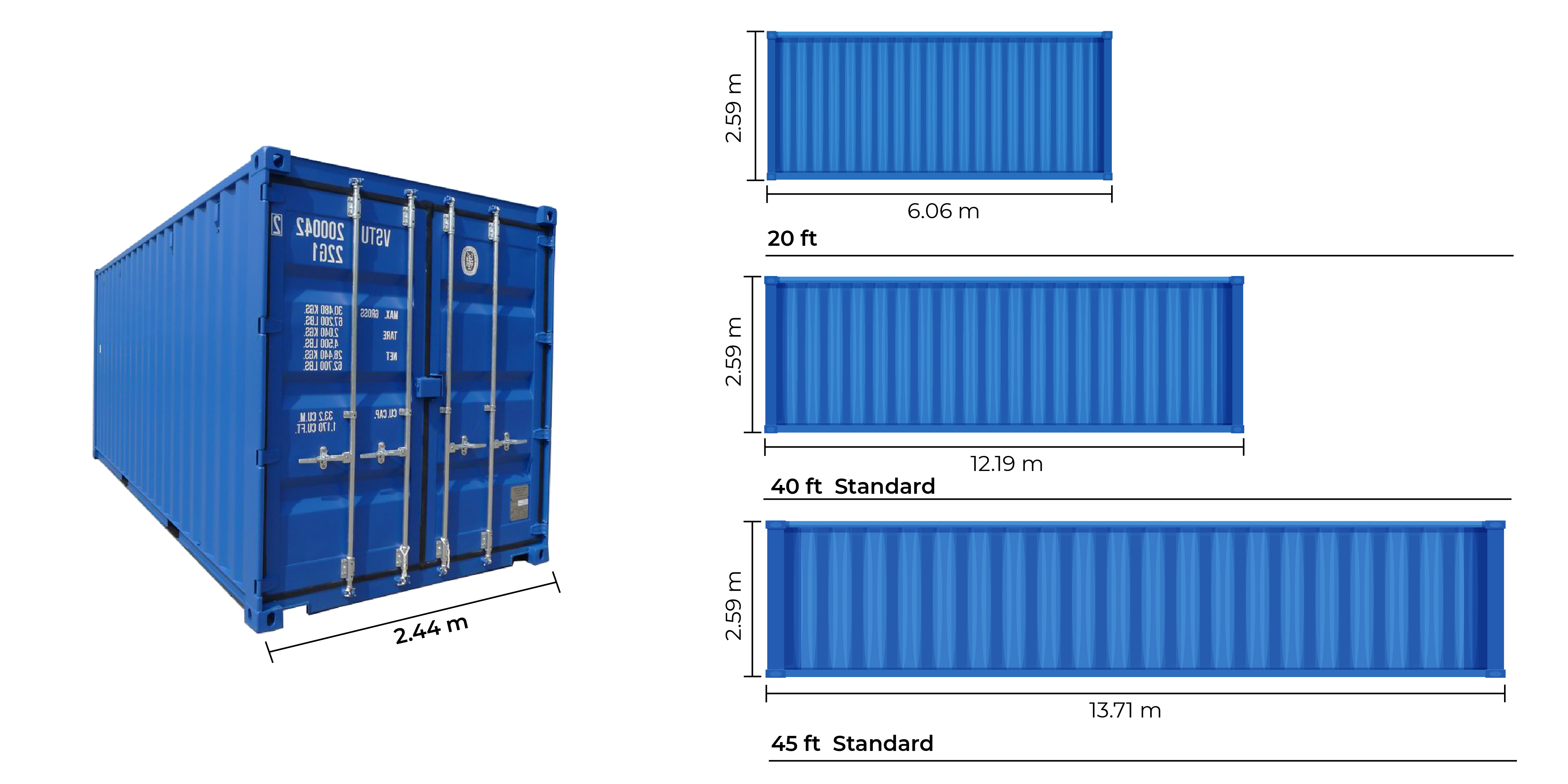
Shipping containers come in different dimensions depending on the type of cargo. These shipping containers are manufactured and tested as per the specifications provided by the International Organization for Standardization (ISO). It helps to ensure that goods transported via ship, truck or rail reach their destination safely.
In this blog, we will discuss the different dimensions of the shipping containers used in the industry.
20ft shipping container dimensions
A standard ISO container of 20ft is the most popular of all and is used by ships of all sizes, big and small. This is also known as one TEU (Twenty-feet Equivalent Unit).
The dimensions of a 20ft container are as follows:
The maximum gross weight (cargo plus container weight) of a general purpose container is usually around 30.5 Tonnes (30480kg, 67200 lbs), whereas the tare weight (weight of the actual container) is around 2180 kg (5,030 lbs).
40 ft shipping container dimensions
A 40ft container’s dimension offers double the volume as compared to a 20ft container but can carry a lower payload. This is because the gross weight is similar to that of a 20ft container at around 32,500 kg (71,650 lbs) but the tare weight is almost double at around 3,940kg (8,688 lbs). That makes the 40-footer more suited to carry lighter cargo.
The payload for 40ft containers is 30480kg (67200lbs) for general purpose.
45ft shipping container dimensions
A 45ft container provides slightly better cubic feet capacity than a 40ft container. It gives some valuable extra space to the shipper and the following advantages:
⦁ Efficient Cargo Transportation especially when carried by road or rail
⦁ Potentially Lower Transport Cost
The above specifications are a representation of the commonly used containers. 45ft containers have an almost similar payload capacity to that of a 40ft container.
At VS&B, we offer the above and other types of containers whether they are buying new containers, used containers or leasing them.
- Log in to post comments


